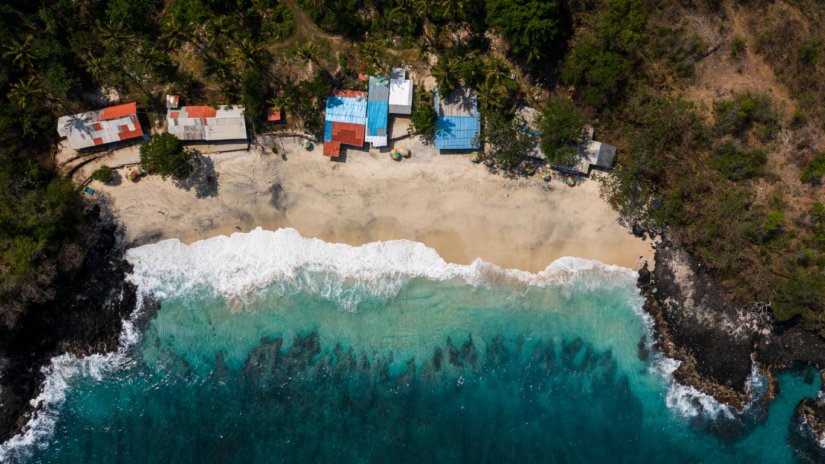The Cagayan Valley Disaster Risk Reduction and Management Council (CVDRRMC) recently recommended canceling classes in coastal towns across Region 2 (Cagayan Valley) following a tsunami alert triggered by a magnitude-7.5 earthquake near Taiwan. The warning, issued by the state seismologist, prompted swift actions from local authorities and emergency response teams.
During an Emergency Operations Meeting of the CVDRRMC Office of Civil Defense, the recommendation for class cancellations was discussed. However, implementing this recommendation hinges on the approval of the Local Chief Executives (LCEs) in the respective municipalities, as they hold the authority to declare suspension. The Cagayan Provincial Information Office conveyed this information via a Facebook post, highlighting the collaborative decision-making process involving local leadership.
In addition to the class cancellations, the Municipal Disaster Risk Reduction Office in Cagayan Valley has been on alert status. It is actively conducting preemptive evacuations for residents in vulnerable coastal areas. Furthermore, the Philippine Coast Guard-Claveria Sub-Station has temporarily halted the issuance of travel permissions for sea vessels as a precautionary measure.
The earthquake’s impact and subsequent tsunami warnings have led to specific actions in affected areas. For instance, the Calayan Municipal Information Office has suspended classes in several barangays, prioritizing the safety of residents in high-risk zones.
The Philippine Institute of Volcanology and Seismology (PHILVOCS) has raised a tsunami warning for the Batanes Group of Islands, Cagayan, Ilocos Norte, and Isabela. This alert prompted immediate evacuations to higher ground and advised boat owners in vulnerable areas to secure their vessels and move away from the waterfront.
The ongoing response efforts underscore the importance of proactive disaster risk management and coordination among local authorities, emergency response teams, and communities to mitigate potential risks and ensure residents’ safety during natural disasters and emergencies.


